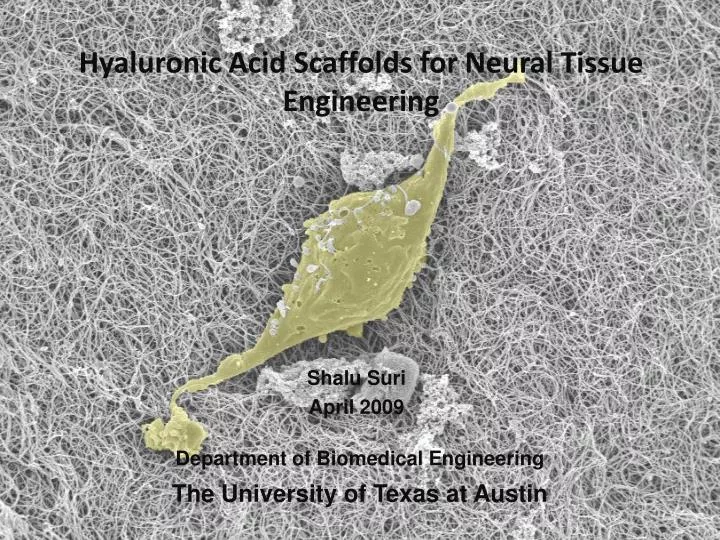

The aim of this review is to demonstrate how knowledge of endogenous cell biology can be applied to scaffold design to develop effective regenerative stem cell therapies. Many combinations of cells and scaffolds have been utilized for tissue engineering this review will focus on our particular approach culturing human mesenchymal stem cells on silk fibroin scaffolds as an example of a bioengineering strategy to regenerate connective tissues such as bone and cartilage. Ideally, a microenvironment would be formed in which the ECM induces certain cell behavior, and cells would respond in turn by remodeling the substrate, establishing a dynamic feedback cycle that fashions the ECM according to the changing needs of the cell, allowing the cells and ECM to dictate the repair process. Classical tissue engineering strategies aim to recreate this ECM environment to direct cell behavior on a scaffold of choice, with the eventual goal of implantation at the site of injury or disease to restore tissue function. The extracellular matrix (ECM) is a particularly rich source of signals, acting as a structural support, a reservoir of growth factors, a transducer of mechanical signals, a source of spatial cues delivered via chemical epitopes, and many related features.

These stimuli can be provided through various means, including secreted or matrix-embedded signaling molecules, matrix chemistry and physical forces. Many clues can be drawn from developmental and regenerative biology, where endogenous stem and progenitor cells are recruited to form new tissue in response to environmental stimuli. One major issue is the need to determine how much guidance or instruction stem cells require in order to regenerate tissues, and in what form these instructions should be provided.
BIOMEDICAL ENGINEERING TISSUE ENGINEERING SCAFFOLD HOW TO
However, because the field of stem cells is fairly new there are many questions about how to best handle them for therapeutic applications. Stem cells have emerged as a promising cell source to address these challenges. The field of regenerative medicine seeks to repair, replace, or regenerate tissues and organs damaged by injury or disease. In this review, we summarize the key cellular events involving stem and progenitor cells in developmental and regenerative skeletogenesis, and discuss in parallel the corresponding cell- and scaffold-based strategies that tissue engineers employ to recapitulate these events in vitro. Thus, endogenous fracture healing, as an example of regenerative skeletogenesis, may also inform bioengineering strategies.

Similarities and differences between the two modes of bone formation may offer insight into the special requirements for healing damaged or diseased bone. Bone fracture healing shares many features with bone development, driving the hypothesis that the regenerative process generally recapitulates development. Alongside skeletal formation during embryogenesis, bone also possesses innate regenerative capacity, displaying remarkable ability to heal after damage. As an example of developmental skeletogenesis, the developing limb bud serves as an excellent model system in which to study how an osteochondral structures form from undifferentiated precursor cells. To determine which stimuli to present to cells, bioengineering strategies can benefit significantly from endogenous examples of skeletogenesis. However, since constructs prepared ex vivo lack the multitude of cues present in the in vivo microenvironment, cells often need to be supplied with external biological and physical stimuli to coax them towards targeted tissue functions. In osteochondral tissue engineering, cell recruitment, proliferation, differentiation, and patterning are critical for forming biologically and structurally viable constructs for repair of damaged or diseased tissue.


 0 kommentar(er)
0 kommentar(er)
